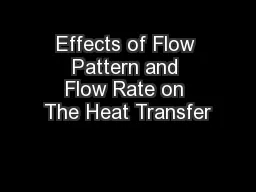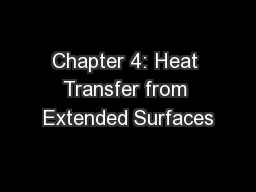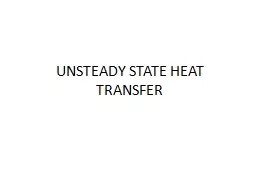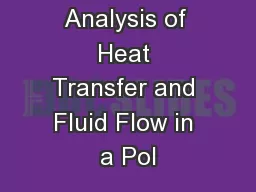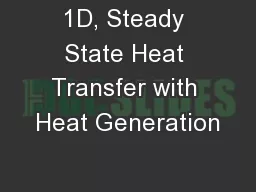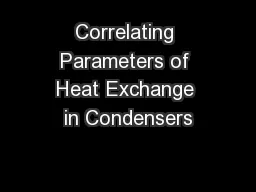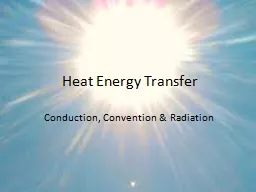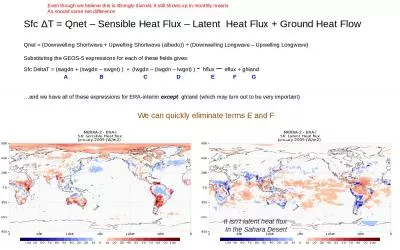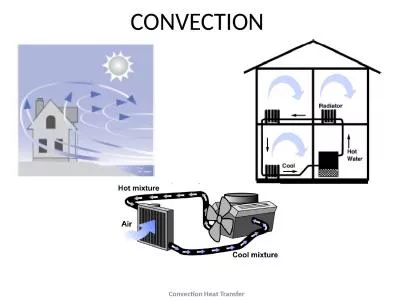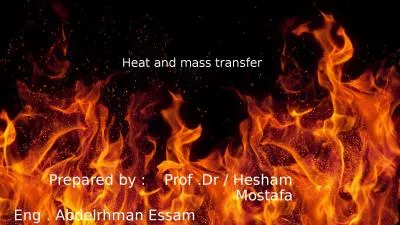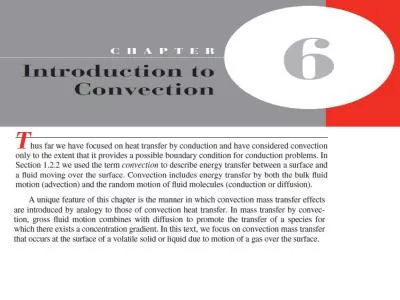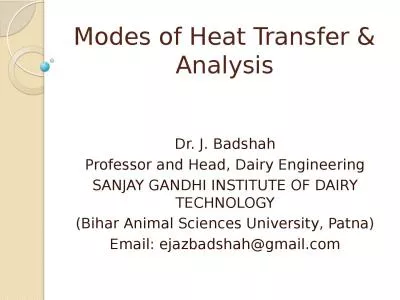PPT-Effects of Flow Pattern and Flow Rate on The Heat Transfer
Author : sherrill-nordquist | Published Date : 2017-09-29
Sara Duclos Kayla Eckley Joseph McGrath Department of Chemical Engineering University of New Hampshire Introduction Objectives Methods Results Design Problem References
Presentation Embed Code
Download Presentation
Download Presentation The PPT/PDF document "Effects of Flow Pattern and Flow Rate on..." is the property of its rightful owner. Permission is granted to download and print the materials on this website for personal, non-commercial use only, and to display it on your personal computer provided you do not modify the materials and that you retain all copyright notices contained in the materials. By downloading content from our website, you accept the terms of this agreement.
Effects of Flow Pattern and Flow Rate on The Heat Transfer: Transcript
Download Rules Of Document
"Effects of Flow Pattern and Flow Rate on The Heat Transfer"The content belongs to its owner. You may download and print it for personal use, without modification, and keep all copyright notices. By downloading, you agree to these terms.
Related Documents

